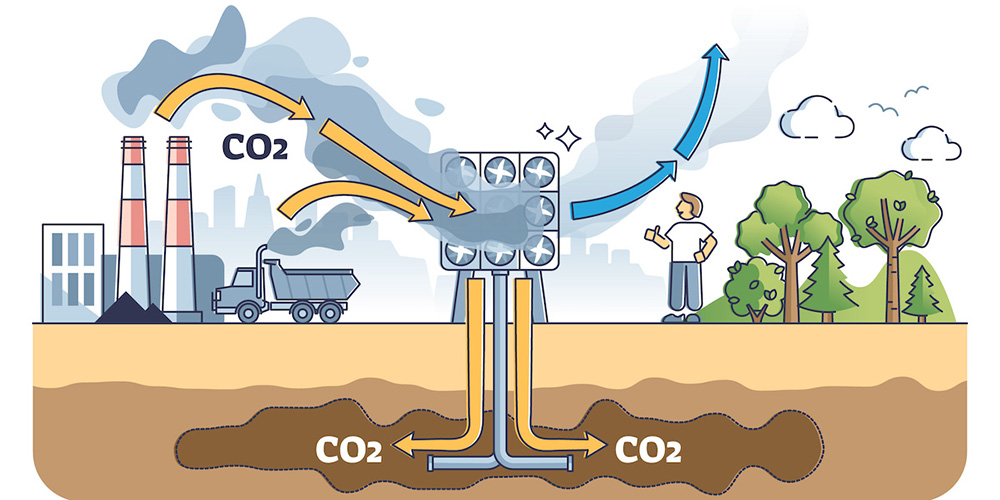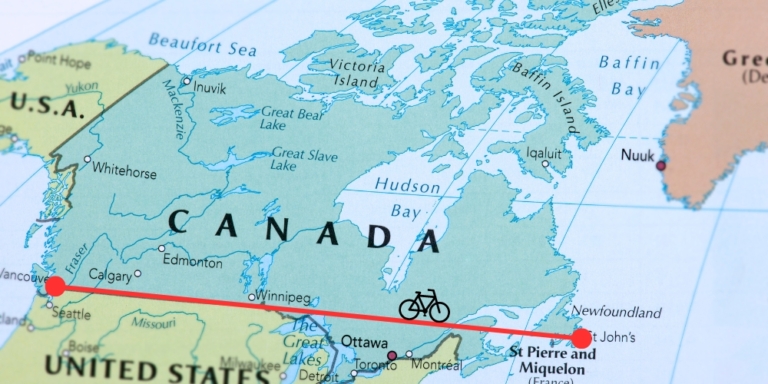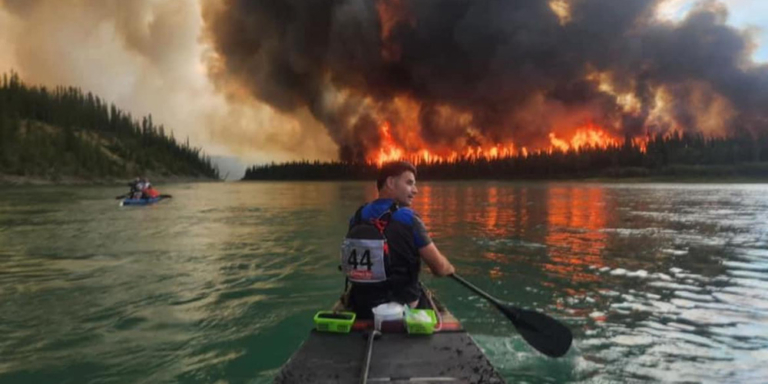Over the last few weeks at the annual global climate summit in Dubai, Sultan al-Jaberi, chairman of Abu Dhabi National Oil Company, presided over negotiations about how the world could come together and prevent even more devastating impacts from our changing climate.
Given their central role in pumping heat-trapping pollution into the atmosphere in our rapidly changing climate, it’s no surprise that discussions about the future of fossil fuels were the main focus.
Appointing the head of a huge state-owned oil company as the head of climate talks was a surprising and controversial choice.
Some say it is like appointing a wolf to guard the henhouse. But we’ll leave that discussion for another day and focus on the core of the debate.
Should fossil fuels be phased out and replaced by renewables and non-carbon-producing energy alternatives, or can fossil fuels slowly be phased down and the carbon pollution produced from burning these fuels be captured, recycled and stored away from the atmosphere?
Premier Danielle Smith went to Dubai to argue for the latter, promoting Alberta’s ‘green use’ of oil and gas through carbon capture.
Essentially, Smith wants to burn oil and gas as before but remove all that problematic carbon through technological solutions.
She’s betting so much on the idea that she is promoting foreign investment into Alberta oil and gas, with carbon capture the lure.
Sounds interesting, but does carbon capture work?
Or is it just another promise to clean up pollution in the future so that oil companies can keep making mega profits in the present?


What exactly is Carbon Capture?
First, a short explanation of the various forms of carbon capture currently available.
Carbon Capture and Sequestration (CCS)
CCS involves the capture of carbon dioxide (CO2) emissions from industrial processes or the burning of fossil fuels in power generation. The carbon is usually captured at the smokestack and transported from where it was produced, usually via pipeline, truck or rail and stored deep underground in geological formations.
Carbon Capture Utilization and Storage (CCUS)
CCUS is essentially the same as CCS, except the carbon dioxide is re-used in a range of applications, with the unused portion then stored underground. To date, most CCUS projects re-use the captured carbon by pumping it back underground to produce more oil.
Direct Air Capture (DAC)
DAC extracts carbon dioxide directly from the atmosphere at any location, unlike CCS and CCUS, which capture pollution at the point of emissions, such as a power plant. The captured CO2 is permanently stored in underground deep geological formations or used for various applications.


Current State of the Technologies
Despite the PR by oil and gas companies, by Danielle Smith and by nations like the United Arab Emirates, carbon capture in all its forms remains costly and inefficient at a large scale.
According to the Global CCS Institute, “there are currently 42 operational commercial CCS and CCUS projects across the world with the capacity to store 49 million metric tons of carbon dioxide annually.”
Reuters reported the amount of carbon captured from these operations results in the capture of just over one-tenth of one percent of the world’s roughly 37 billion metric tons of annual energy and industry-related carbon dioxide emissions.
To put this in perspective, if you have ten dollars, one-tenth of one percent would equal a penny.
To ramp up carbon capture to even make a small dent in global emissions would require incredible costs and worldwide infrastructure cooperation on a huge scale.
Besides, there is little evidence that carbon capture can operate at a profit, and most operations require some kind of government subsidy, either in the form of a carbon tax, trading scheme or tax break, to come close to breaking even.
Meanwhile, back in Alberta, Danielle Smith is looking to the feds for money to invest in carbon capture while simultaneously fighting them on Canada’s clean electricity energy goal of 2035.
Speaking of carbon taxes, which would help support future carbon capture projects, federal conservative leader Pierre Poilievre is working hard on his “Axe the Tax” campaign.
So much for investment in our future.
The International Energy Agency’s (IEA) Executive Director, Fatih Birol, cautioned before COP28 that relying on “implausibly large amounts of carbon capture” is not a realistic solution.
The high cost, but also fears of safety, has many questioning carbon capture storage.
Is Underground Storage Safe?
In the US, there is resistance to carbon dioxide pipelines responsible for transporting carbon dioxide to storage locations.
This concern was highlighted in 2020 when a carbon dioxide pipeline in Mississippi broke, causing the release of massive amounts of CO2. This failure led to the displacement of breathable air at ground level and resulted in 45 people being hospitalized.
Plus, how often do we need to go down the road of believing underground storage is the answer to pollution?
Stories of contaminated groundwater from industrial waste, nuclear waste, household garbage and stored toxic chemicals abound.
Pollution doesn’t magically disappear just because it is out of sight.
It’s likely naive to believe that carbon dioxide will remain safely underground, given that the changing climate is resulting in more floods, fires, and natural disasters than ever before.
And can we trust pipelines, rail and trucks never to have leaks or spills?
Do We Have Time to Improve the Technology?
According to the IEA and many others, “the world is not on track to meet the Paris Agreement goal of keeping global warming well below 2 °C – let alone below the threshold of 1.5 °C that science has shown is crucial to avoid the worst effects of climate change.”
Climate scientists argue that the fossil fuel industry uses carbon capture schemes to maintain the status quo.
The scientists emphasize the need for a rapid phase-out of fossil fuels and warn against over-reliance on unproven technologies like carbon capture.
Energy conservation and the widespread implementation of renewables remain the most cost-effective and implementable solutions for reducing carbon pollution.
The COP28 discussions highlight a critical point: while carbon capture technologies may play a small part in the net-zero solution, they are not the silver bullet that Danielle Smith and others spin them as.
If the last three years of record-breaking temperatures, drought and fire aren’t enough to prompt Albertans to action, then maybe the predictions for a hotter and drier 2024 should.
Carbon capture won’t keep the excess carbon pollution out of the atmosphere; only a transition from fossil fuels to truly clean energy will.
It’s time we move forward instead of looking for magic solutions to keep the status quo.
A truly clean energy future is something we need to “tell Danielle”






